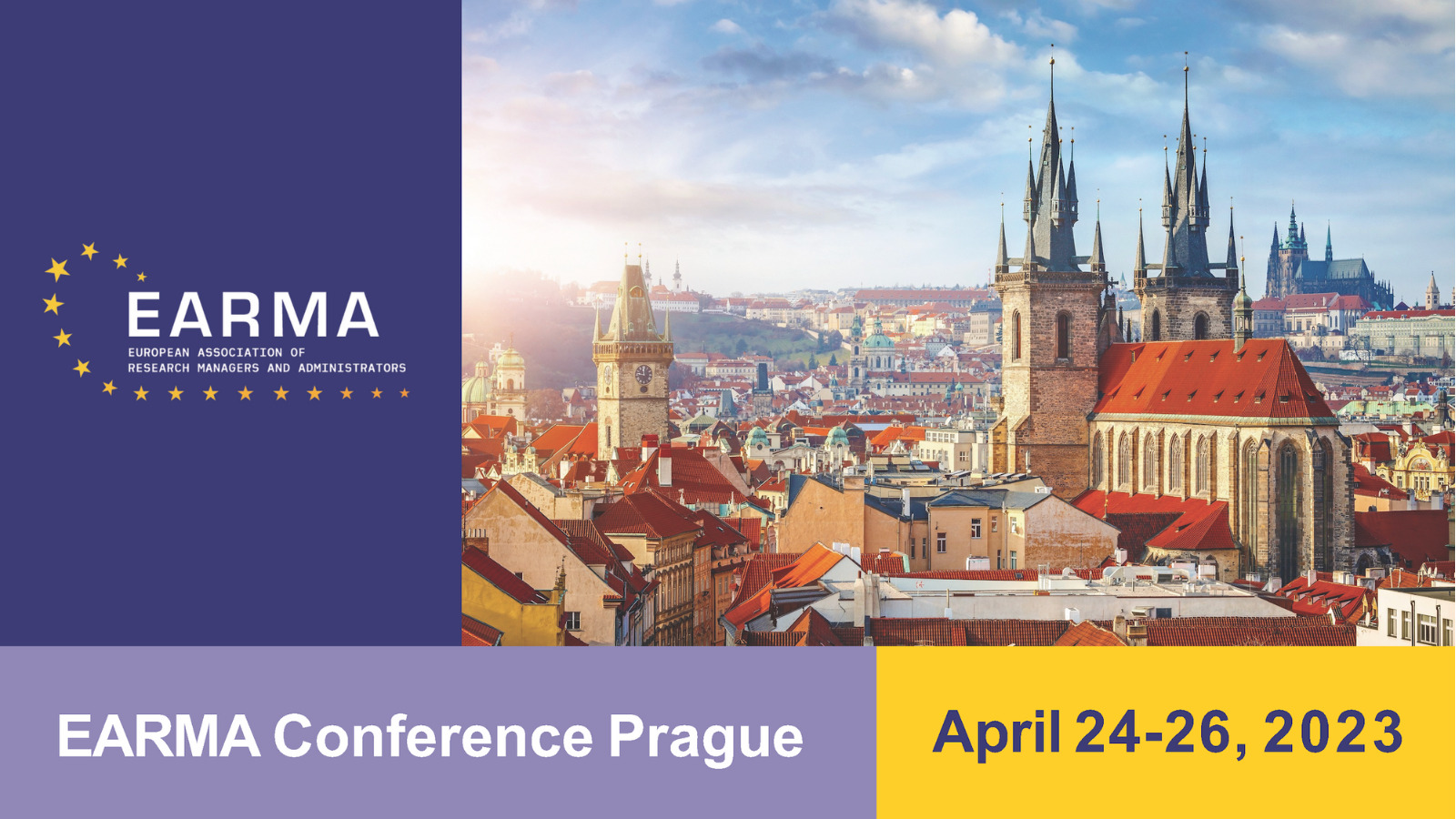How to catch the researcher’s attention?
How to catch the researcher’s attention? Finding ways to bridge the information gap between research managers and researchers
Conference
Format: Fifteen-Minute Discussion Tables
Topic: Organising Support Services & Team Building
Session: 🏀 15-min Discussion Tables with Astrid Vigtil, Elena Esteban, Julirose Kourist, Tim Engels
Wednesday 26 April 12:45 p.m. - 1:45 p.m. (UTC)
Abstract
In this digital age, the overwhelming amount of information that passes through our screens is both a boon and a bane that we experience in everyday life, and apparently increasing in research management. Information on calls and policies, conditions for submitting proposals, tenders, calls for participation in networks, to name a few, are on a research manager's desktop almost every day. It is on the plate of the Research Manager to decide and extract relevant information, and to whom should be forwarded, and in what form.
E-mails, or in a more generic form, Newsletters, are widely used. With the sheer number of emails that researchers find in their inbox on a daily basis, is information in these formats still noticed?
How can we succeed in today's world in making up-to-date information available to researchers in the best possible format? Which formats and information channels are most useful for different types of information? Are newsletters still the best way to catch the researcher’s attention?
Depending on the type of information, there are different ways of information extraction and formats on how they can be presented. In Graz University of Technology, the following formats have been developed in the Research and Technology House to support information dissemination to researchers:
1) Emails and newsletters: Yes, this form of information dissemination is still used. However, the question arises more and more whether this watering can principle of information distribution is still effective. It is currently mainly used for initial information on funding calls and tenders. But are there other dissemination possibilities for this kind of information? And how can this kind of information be best prepared for researchers?
2) Topic-specific events: Formats such as "Rules of the game", an online webinar hosted by the research manager, only deals with very limited topics, e.g. on a specific call for proposals; or Peer-Networking events, which serve as an informal exchange platform among colleagues, have the advantage of being able to address a targeted audience. The researchers appreciate that they know in advance exactly what kind of information they can expect here. When such formats are newly introduced, there is often an initial peak of participants, but the number eventually dwindle quite fast? Do new and innovative formats have to be constantly developed to "keep the ball rolling"?
3) Tailor-made workshops: Targeted and tailor-made formats such as workshops that are offered either only to a selected group of researchers or only to the applicants of a specific proposal at all. This format is the most targeted in terms of information content, but of course also the most time-consuming for all sides.
These are the formats and channels through which information is currently brought to the researcher at our organization. Sometimes we add to this by personally contacting target researchers with information about calls, etc. However, this depends very much on how much time the research managers have left. But the question is certainly justified as to whether there are other, innovative solutions.
Take away message and learning outcomes:
Get to know good practice examples of information dissemination in research management. Discussion of do’s and don'ts for RMA in their role as information brokers between funding agencies and researchers. At the end the participants will get an overview of already implemented communication tools, channels and methods.


